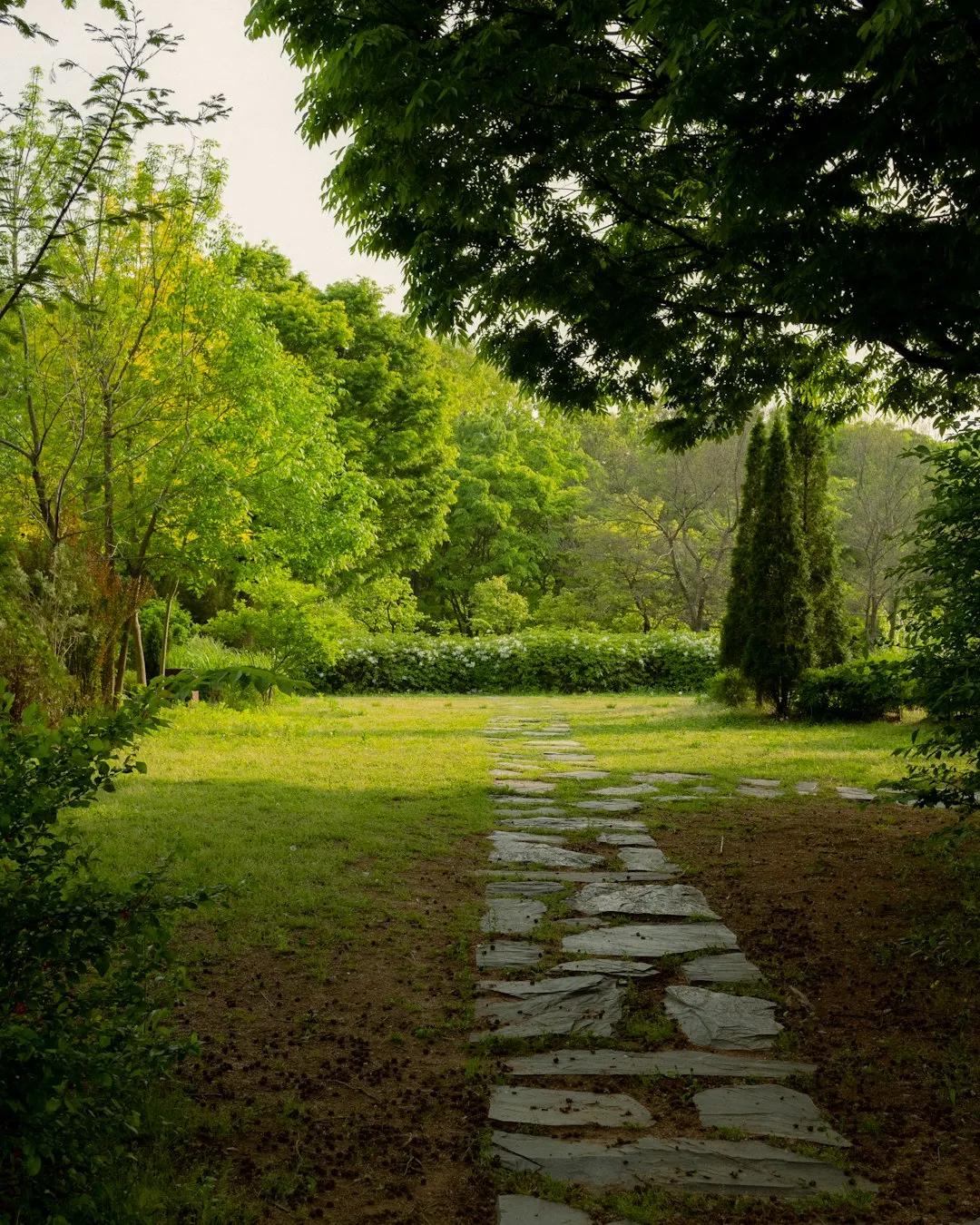Transforming Barren Ground into a Thriving Garden Oasis

Having a beautiful and productive yard garden is a dream for many homeowners. However, the quality of your gardening soil plays a crucial role in the success of your plants. Whether you're dealing with sand, clay, or barren ground, with the right ingredients and expert tips, you can turn it into rich, organic garden soil that will sustain plants for years to come.
First, let's understand the different types of soil and their characteristics. Sandy soil has large particles, which allows for good drainage but tends to lack nutrients and moisture retention. Clay soil, on the other hand, has small particles that can hold water well but may become compacted and poorly aerated. Barren ground may be lacking in organic matter and essential nutrients, making it difficult for plants to grow.
To improve sandy soil, you need to add organic matter such as compost, well - rotted manure, or leaf mold. Compost is a great option as it not only adds nutrients but also helps the soil retain moisture. You can make your own compost at home by collecting kitchen scraps, yard waste, and other organic materials. Spread a thick layer of compost over the sandy soil and till it in to a depth of about 6 - 8 inches. This will help improve the soil structure and provide a better environment for plant roots.
For clay soil, the key is to break up the compacted particles and improve aeration. Adding coarse sand or perlite can help loosen the soil. However, be careful not to add too much sand, as it can create a concrete - like mixture. Organic matter is also essential for clay soil. Incorporating compost, peat moss, or shredded bark into the clay soil will help improve its structure, making it easier for plant roots to penetrate and access nutrients and water. You can also plant cover crops such as clover or rye grass, which will help break up the soil as their roots grow and add organic matter when they are turned under.
When dealing with barren ground, the first step is to test the soil to determine its nutrient content and pH level. You can purchase a soil testing kit at your local garden center or send a sample to a professional laboratory for analysis. Based on the test results, you can add the appropriate fertilizers and soil amendments. For example, if the soil is acidic, you may need to add lime to raise the pH level. If it's lacking in nitrogen, phosphorus, or potassium, you can add a balanced fertilizer.
In addition to adding organic matter and soil amendments, proper soil management is also important. Avoid over - tilling the soil, as this can damage the soil structure and beneficial organisms. Instead, use a no - till or minimum - till approach. Mulching is another great practice. A layer of mulch such as wood chips, straw, or shredded leaves can help conserve moisture, suppress weeds, and add organic matter as it decomposes.
Another aspect of caring for your gardening soil is to rotate your crops. Planting the same type of plants in the same spot year after year can deplete the soil of specific nutrients and increase the risk of pests and diseases. By rotating your crops, you can ensure that different plants are using different nutrients from the soil, which helps maintain a balanced nutrient profile. For example, legumes such as beans and peas can fix nitrogen in the soil, which can benefit other plants in the rotation.
Finally, don't forget about the importance of beneficial organisms in the soil. Earthworms, bacteria, fungi, and other microorganisms play a vital role in breaking down organic matter, releasing nutrients, and improving soil structure. You can encourage these beneficial organisms by providing them with a healthy environment. Avoid using chemical pesticides and fertilizers that can harm them. Instead, opt for natural and organic alternatives.
In conclusion, transforming sand, clay, or barren ground into rich, organic garden soil is a process that requires time, effort, and the right approach. By adding organic matter, improving soil structure, managing soil nutrients, and promoting beneficial organisms, you can create a thriving garden soil that will support healthy plant growth for years to come. So, roll up your sleeves and start working on your garden soil today!